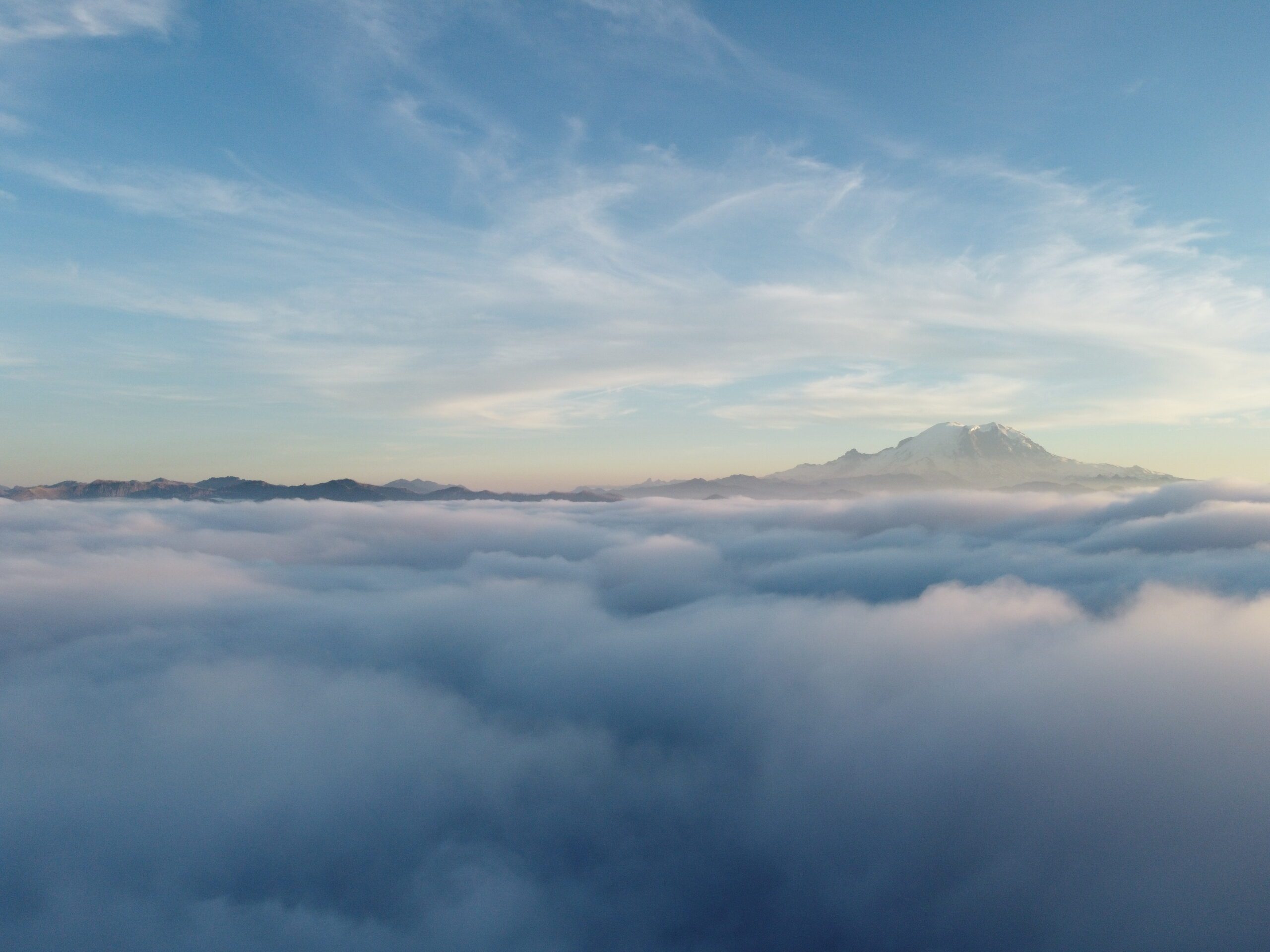Trying to design a camper plumbing system as a first-time builder can be confusing! There are many competing standards, and the compatibility between them isn’t always clear. That’s why, like any big problem, it helps to break the process into smaller, manageable steps:
1. Determine your Water Storage Needs
The first problem to handle is figuring out what you want out of your plumbing system, and for that I recommend reading up on how you can plan a camper design that best meets your needs. The goal here is to understand what you are actually going to use. What sort of water storage do you need: potable, non-potable, grey, and/or black?
- Potable water: is drinking water. It is good for showering, drinking, and cooking
- Non-potable water: can be water directly from streams or taps in places where tap water is not meant for consumption. You can often filter, treat, or boil this water to make it potable.
- Grey water: Wastewater from sinks/showers
- Black water: Toilet waste
- Accumulators: are buffers that hold pressurized water which was pumped by your water pump. This smooths out water delivery. Unnecessary, but nice for a full-time build. Here’s an example.
Think about how you are going to realistically use the potable water you have on board. A gallon of water weighs 8.34 lbs, which is substantial. A five gallon water tank, which is enough for two people to drink, cook, and rinse over a long weekend weighs almost 42 lbs! Since water is heavy, it should be stored as low as possible on a camper to lower the vehicle’s center of mass. If you’re camping full time you want to look at potable tanks in the 20-35 gallon range.
For full-time living, a 10-15 gallon grey water tank is a good balance between convenience and fewer refills or dumps. Five gallon tanks are more compact, but you’ll have to drain them more often. A black water tank will typically be 5 gallons or less – and these are decreasing in use due to the increasing popularity of cassette toilets, such as the Dometic 2.6 gallon offering.
2. Decide on usage points
At this point you know how much water storage you want. Now you’ll want to think about where you need your water to go. For some people a single inside wall-mounted use point will be enough. Maybe you want a nicer sink, or a way to clean off your bikes and other gear outside of the camper. Consider how important a shower is to you. There are longer hose options that allow you to both shower outside and clean your gear off. Some people want a sink with a faucet that folds down into the sink when not in use. Nail these things down before even getting to execution below because a change here after you start building could get expensive. Here are some common sink options:
- Sleek Fold-down
- Permanent with larger sink basin
- Round basin
- Shower hose + faucet combo
If you are bargain hunting, you can occasionally find small used bar sinks or boat sinks that are used and functional on secondhand marketplaces.
3. Understand plumbing standards
Now you can focus on diving into the weird world of plumbing standards and hardware!
The main plumbing standards that you’ll run into are:
- Standard NPT (National Pipe Tapered) – U.S. standard for tapered threads, commonly used for gas, water, and hydraulic systems. These require thread sealant – either teflon tape or a potable water compatible teflon paste.
- Hose Barb Fittings – Used with PEX, vinyl, or silicone tubing (secured with hose clamps or PEX fittings). Common materials:
- Nylon / Polypropylene – Lightweight, cheap, and corrosion-resistant (these are the most common in camper plumbing systems).
- Brass – Good for water & propane. Make sure it is lead-free if you are using it for potable water.
- Stainless steel – For high-pressure or heat (e.g., diesel lines)
- PEX Fittings and Hose – PEX (short for cross-linked polyethylene) is a flexible, durable plastic tubing widely used in plumbing. Made of plastic, it has good freeze resistance, is easy to install, and is corrosion-proof. The most common type of PEX you’ll encounter is PEX-B. PEX hose is pushed into fittings and secured with a metal crimp using a special tool.
- Sharkbite Fittings: Push-to-connect fittings. More expensive and less common.
Common sizes for internal hose diameters are: ¼”, ½”, and ¾”.
Were I to build a new camper today, I’d primarily use red and blue PEX hose (to differentiate hot and cold water) with PEX fittings. PEX is economical and effective.
4. Select water filtration methods
Your chosen water filtration method will go hand in hand with your component selection. An inexpensive Gravity or Pump-fed inline water filter will likely fit most needs well.
Common solutions include:
- Boiling water – Free. Kills microorganisms, but does not remove sediment, chemicals, or heavy metals
- Water purification tables – Kills microorganisms, but does not remove sediment, chemicals, or heavy metals. Use aquatabs to avoid imparting the flavor that iodine products give.
- UV purification – Kills microorganisms, but does not remove sediment, chemicals, or heavy metals
- Gravity or Pump-fed inline water filters – Good for microorganisms and improving taste. Can also sometimes remove chemicals or heavy metals with the right filter type.
- Reverse-Osmosis filters – forces water through a membrane to remove 99% of contaminants. Best for removing microorganisms, heavy metals, fluoride, and dissolved solids.
5. Choose Components
You’ve come to the fun part – retail therapy!
Select components that:
- Support your desired fluid flow rate
- Are rated for service in the temperatures your plumbing will see (when there is water in it)
- Have compatible connector types and standards
- Are easy to replace in the event they break
In my experience, the following suppliers have been easy to work with and also have reasonable pricing:
- Sinks and Faucets: West Marine or Ambassador Marine
- Sink Drains: West Marine, Amazon, or your local hardware store
- Accumulators: Amazon
- PEX hose and connectors: Amazon or your local hardware store
- Water pumps: Amazon – SEAFLO or Lippert Components)
- Pick something that has an included filter and runs on switched 12VDC
- NPT connectors: Amazon or your local hardware store
- PTFE hose: Amazon, your local hardware store, or Mcmaster Carr
6. Execute the Build
You’ve planned your tanks, mapped your usage points, and chosen your standards. Now it’s time to build a system that won’t leak, freeze, or frustrate you.
- Lay Out Your Plumbing Runs
- Keep it simple: Shorter runs = fewer fittings = fewer leak points.
- Hot vs. cold lines: Use red PEX for hot, blue PEX for cold (or label clear tubing).
- Slope drains slightly downward (at least 1/4″ per foot) to prevent stagnant water.
- Secure Everything Properly
- Use PEX clamps or stainless steel hose clamps every 12–18″ to prevent sagging.
- Avoid sharp bends: PEX can kink—use 90° elbows or gradual curves.
- Protect from abrasion: Where pipes pass through walls with sharp edges, use rubber grommets or split loom tubing.
- Prevent Freezing
- Insulate pipes in cold climates with correctly sized foam tubing sleeves (only occasional winter use).
- Drain tanks and lines if winterizing—install low-point drain valves for easy purging.
- If you intend to camp in freezing temps often you will want to either route an air heater near your tanks and lines or install heater pads like these
- Pressure Test Before Final Install (do not skip this step – you will regret it!)
- Plug all outlets, fill the system, turn the water pump on, and inspect for leaks at every fitting. Tighten or re-seal as needed.
- Maintenance
- Flush tanks annually to prevent biofilm buildup (use vinegar or RV tank cleaner).
- Carry spare fittings and sealant—PEX crimp rings and Teflon tape take up no space.
Tips:
- All NPT connections should be sealed with teflon tape or a potable water compatible teflon paste.
- Hose clamps on barbed fittings should be stainless steel
- Match tubing inner diameter (ID) to barb size.
- Remember, if you install a water pump you will likely need to connect it to a power switch!
Conclusion
Plumbing isn’t glamorous, but doing it right means no midnight leaks, no frozen bursts, and no “why did I think this was a good idea?!” moments. To recap:
- Size tanks realistically—water is heavy!
- Plan usage points first—sinks, showers, outdoor needs.
- Stick to PEX-B and NPT fittings for ease of use and reliability
- Test thoroughly before closing up walls.
Final Pro Tip: Photograph your plumbing runs before covering them. Future-you will thank you when tracing a leak or adding a new line.
Camper plumbing takes patience and planning, but getting it right means fewer headaches later. Want to show off your build or ask questions? Reach out via Instagram: @HighCaliberCamping.

